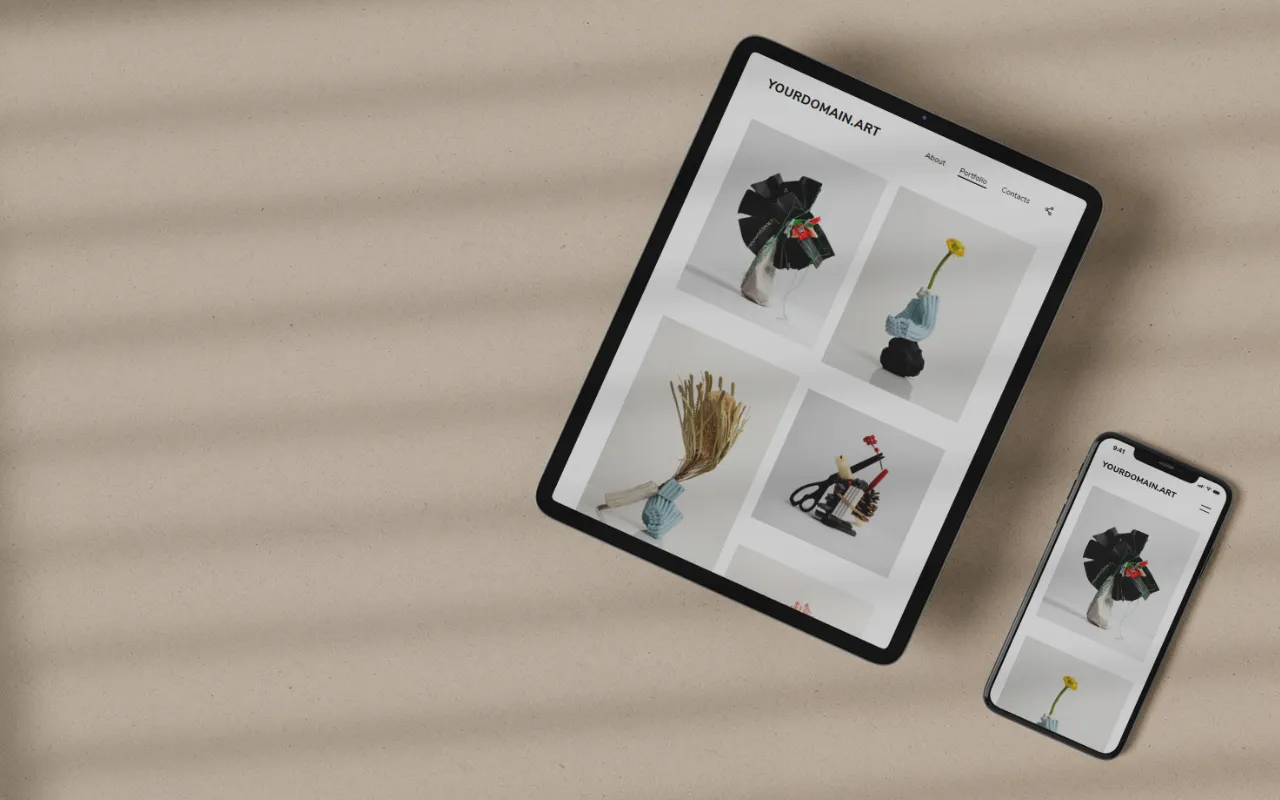10 Proven Ways to Increase Website Traffic
A search engine’s algorithm ranks websites according to a number of criteria. The higher your website appears in the results, the higher the traffic. However, established brands tend to stay in top positions and it can be hard for new websites to compete. In this article, you’ll find our top 10 tips to increase your website traffic and stand out among competitors.


If you’re new to making websites, you’re likely to have faced a difficult problem: what’s the best way to increase website traffic in a hyper busy digital world? It’s genuinely difficult for a new website to get top positions in search results, even when the brand has a good reputation, and the website has good-quality and unique content.
What is web traffic and why does it matter?
When you search for certain keywords, chances are there are a lot of companies that appear before yours in the results, which means that indexing plays in their favour. If you need to promote a clothing store, for example, it’ll be nigh on impossible to get into the top 10 Google search results if using search keywords like “buy clothes”. However, this doesn’t mean that your website has to be deprived of traffic entirely… you just need to approach the process wisely and strategically!
Today, we will look at 10 proven ways to help increase website traffic:
Increasing website traffic
1. Focus on structure.
You can attract more visitors if you create a semantic core for your website. The content needs to include the widest possible set of keywords, accurately describing the product or service on offer. A competent website structure will help you stand out among competitors.
2. Work on your content.
Articles should not only be unique, readable, interesting and optimized, but they also need to be relevant. If a visitor finds a website by querying “wallpaper”, but the website is all about wall paint, the user will leave the page quickly, and fair enough to them — they didn’t find what they were looking for! The content on your website needs to be structured (with well flowing paragraphs, subheadings, lists) and supported by photos or infographics. Visual aids help your target audience stay engaged with your content.
In today’s day and age, search engines continue to become “smarter”: they’ve learned to distinguish between simply optimized (SEO) articles and relevant ones. In other words, the output takes into account not only the keywords but also the satellite domains. This is easier to understand if you study Latent Semantic Indexing (LSI).
3. Connect your social media
Make sure you create pages on your social networks, like Instagram and Facebook. Official pages should be analogous to the shop: the same name, description of the products (services), contact details, etc. You must keep in mind that this works as additional promotion for your brand. Millions of people spend time on social networks every day, so it’s an avenue you shouldn’t overlook. Send invites to your target audience, hold contests with giveaways, embrace promotions, and post news regularly. This is a free way to increase not only your website traffic but also to score some engagement points. You can pay for ads on other public websites that already have a huge number of subscribers. It will be pricey, but it’s worth it because you’ll see your traffic grow.
4. Creating a YouTube channel.

This, of course, is quite labour-intensive, but you’ll have guaranteed pay off. You can upload videos of product presentations and tutorials on how to use them as an example. Having a YouTube channel is both an opportunity to market your website, as well as a chance to monetize on the channel itself.
5. Reviews.
Focus on negative reviews, and make sure you proactively reply (in a thoughtful and apologetic manner) — don’t delete them! It’s far better to understand the essence of the problem and to understand what customers dislike in order to fix the problem and avoid the same mistakes in the future.
6. Email marketing.
Stats show that with a competent e-mail marketing approach, sending emails to your clients increases the conversion rate by 5-10%. Make sure you don’t over spam and that your copy is effective and cal to action driven.
7. Webinars.
Self-promotion on webinars is a good method to attract users to your website. After attending the event, part of the audience may want to take a look at your website.
8. Paid advertising.
You’ll have to allocate a budget for this, but it’s a great way to attract your target audience to your brand. You can order contextual and banner ads in Google Ads or run targeted ads on Instagram and Facebook. It’s worth hiring a specialist to do this or embarking on an ads course yourself, so as not to waste your money.
9. Focusing on low-frequency queries.
A huge amount of content has already been created for high-frequency queries, so your focus should be on low-frequency queries instead. For example, “buy a stretch ceiling” is a high-frequency request, whereas “buy a film stretch ceiling in Rotterdam” is a low-frequency request.
10. Be active on LinkedIn
How to link your .ART domain to your website Read More
LinkedIn is not just for job hunting. In fact, it is a valuable content publishing platform and a great way to get your content out there in front of other professionals.
We hope the methods described above will prove to be useful for increasing your website traffic!








